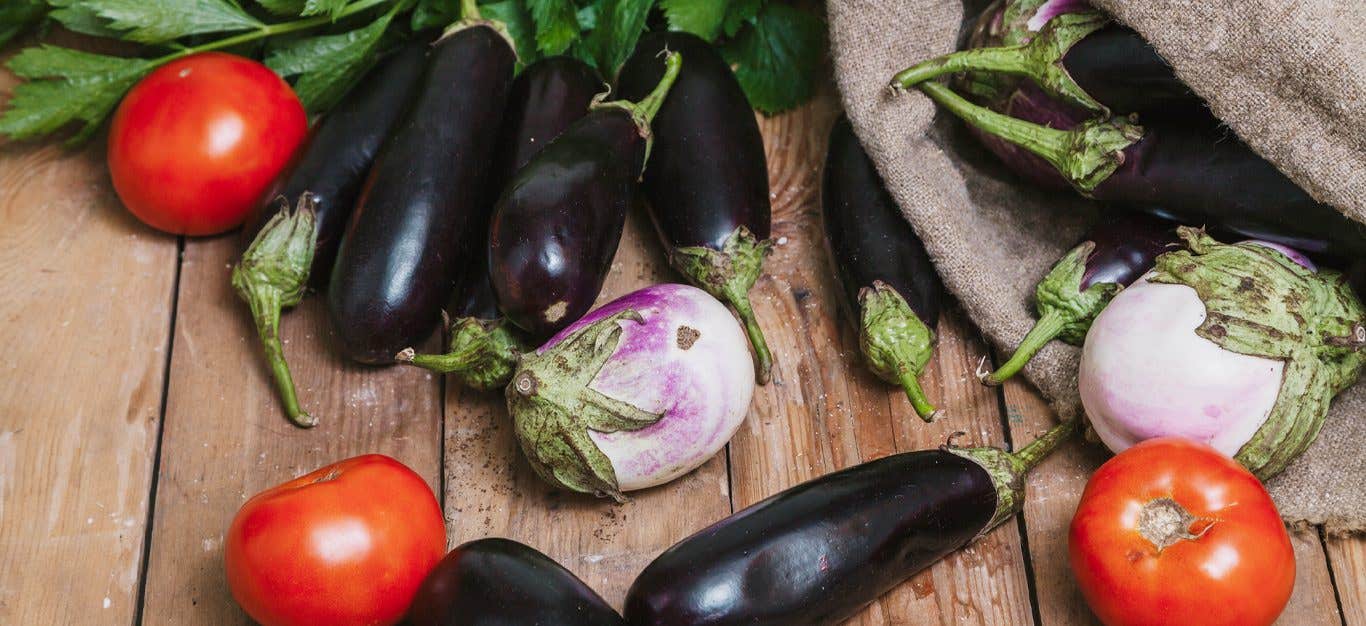Hearts of palm are the delicate white stalks harvested from the inner cores of palm trees. The tender veggies have been consumed in Central and South America for thousands of years, dating back to Mayan times, and in recent decades have become more widely available around the globe. Read on to learn more about hearts of palm and how you can incorporate them into your diet.
Harvesting
Hearts of palm are palm trees’ terminal buds—the youngest leaf shoots, found at the very center of the stem, once the outer husks have been removed. Many hearts of palm sold in the U.S. come from palmettos, which are small palm trees that grow in Florida. They’re also harvested from some palm species found in Brazil and other areas of Central and South America.
In many cases, trees are cut down in order to harvest the hearts, or terminal buds, which makes hearts of palm not a favorite of conservationists. However, some growers use species that have multiple stems so a plant is able to continue growing even after one stem has been cut. Once the edible heart is removed, it’s cut into cylinders, and, if not sold fresh, it is jarred or canned in brine or water for preservation. Due to the labor-intensive harvesting process, hearts of palm are often expensive.
Taste
The smooth, ivory white cylinders have a velvety and layered flesh, similar to white asparagus. Their taste can be compared to that of white asparagus and artichoke hearts, and bamboo shoots are also frequently mentioned for taste comparison. Bamboo shoots have a stronger taste and more fibrous texture, while hearts of palm are milder and softer.
Where to Find Them
The entire palm heart, typically weighing 2 to 3 pounds, is sometimes sold fresh in the United States. However, canned, jarred, or bagged hearts of palm, which have been stripped of their tough husks and cut into smaller pieces, are the most common way to find them sold in supermarkets. Look for them alongside other canned vegetables or in the “International” aisle.
With an upsurge in interest in plant-based and gluten-free foods, hearts of palm are now available finely chopped into rice form or spiralized into pasta, which you’ll typically find in the frozen section.
Nutrition
Hearts of palm make for a great addition to one’s diet for variety and nutritional value. Since they are naturally low in calories and high in water and fiber, hearts of palm are great for weight management. A 100-gram serving of the non-starchy vegetable has just under 40 calories, with 4 grams of fiber and 4 grams of protein, as well as small amounts of minerals including iron and manganese.
How to Eat Hearts of Palm
Hearts of palm’s mild flavor and tender-yet-firm texture make it a versatile ingredient for a wide variety of uses. One of the most common ways it’s eaten is sliced into coins and tossed into salads. A plate of cut hearts of palm combined with artichoke hearts, roasted red peppers, and a few olives makes a great appetizer. Diced hearts of palm can form the base of plant-based “crab” cakes or faux tuna salad, or added to homemade veggie-burger patties.
If using canned or jarred hearts of palm, simply rinse them and cut the cylinders crosswise into small rings. After rinsing, they can be eaten straight on their own as a snack, added to salads, or used in recipes (see below). If using spiralized hearts of palm in place of pasta, simply rinse the “pasta” and combine with desired sauce and other vegetables; then heat in a pan and serve.
Recipes to Try
Not sure where to start? Try one of these delicious hearts of palm recipes from Forks Over Knives.
Potato and Artichoke Heart Pasta Salad
Potato salad or pasta salad? Why choose? This hearty, creamy salad from Chef Darshana Thacker brings together the best of two summery sides, with hearts of palm adding extra texture.
Deviled Potato Sandwiches
This healthy, satisfying sandwich is perfect for your weekday lunch hour.
Rustic Bread Bowl with Sun-Dried Tomato and Asparagus Dip
Hearts of palm help create a thick, creamy texture for this dairy-free dip.
This post was produced in collaboration with the Institute of Culinary Education's Natural Gourmet Center

Related News
Save 40% This WeekOn Forks Meal Planner

Forks Meal Planner takes the hard work out of making nutritious meals the whole family will enjoy.
SAVE $200 ON OUR ULTIMATE COURSE

Join our best-selling course at a new lower price!



